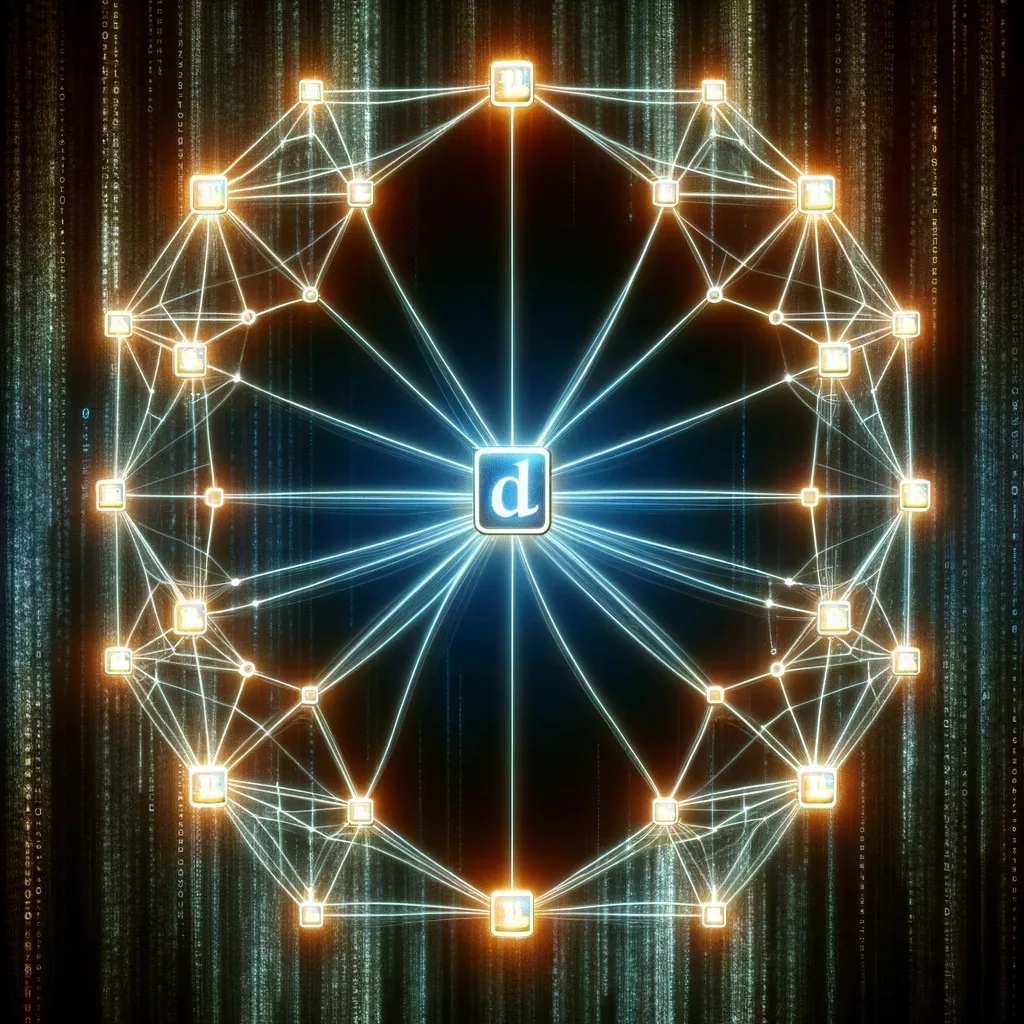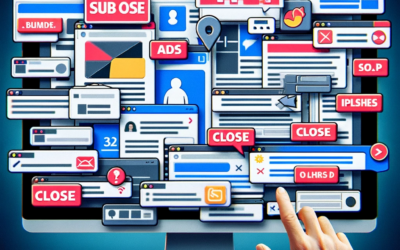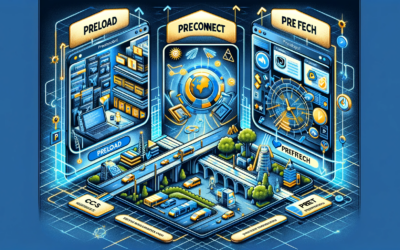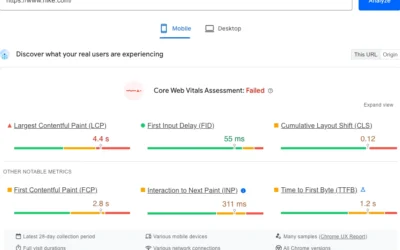A Helpful Guide to Understand Canonical URLs

What is a canonical URL?
Canonical URL’s are an element of technical SEO that can be intimidating to learn. A canonical URL is a specific version of a webpage that search engines consider as the main or preferred version of the page. It helps to prevent duplicate content issues and ensure that search engines index the correct version of the page. The canonical URL is usually specified in the HTML header of the webpage using the “link” tag with the attribute “rel” set to “canonical”.
Why are canonical URLs important?
Canonical URLs are essential for search engine optimization (SEO) as they help search engines understand which version of a webpage should be indexed and ranked. Without canonical URLs, search engines may crawl multiple versions of the same page, leading to duplicate content issues and negatively impacting your website’s search rankings. By setting up a canonical URL, you can clearly indicate to search engines which version of a page is the primary version, ensuring that your content is correctly indexed and ranked. In addition, canonical URLs can help prevent duplicate content issues on your website, improving the overall user experience and making it easier for users to find the information they need.
How do canonical URLs work?
A canonical URL is a specific version of a web page that search engines consider as the main or authoritative version. It helps search engines understand which version of a web page should be indexed and ranked in their search results. When a canonical tag is added to the HTML code of a webpage, it tells search engines that this particular version of the page is the one that should be used for indexing and ranking purposes. This can help prevent duplicate content issues and ensure that the correct version of a page is being displayed in search results.
How to set up a canonical URL?
To set up a canonical URL, follow these steps:
1. Identify duplicate content on your website. This can be done by using a tool like Google Search Console or Screaming Frog.
2. Determine which version of the content should be considered the “canonical” version. This is usually the version that best represents the original intent of the page.
3. Add a canonical tag to the header of the non-canonical versions of the content. The canonical tag should point to the canonical version of the content.
4. Make sure that the canonical version of the content is the one that appears in search engine results.
It’s important to note that setting up canonical URLs correctly can take some time and effort, but it’s worth it in the long run as it helps search engines understand which version of a piece of content is the most important and helps to prevent duplicate content from hurting your SEO.
Free SEO Training Tips
Interested in learning more technical SEO tips? Check our my free Technical SEO Tips and Tricks in my blog.
Common mistakes to avoid when using canonical URLs
When setting up canonical URLs, it’s important to avoid certain mistakes that can negatively impact your website’s SEO. Here are some common errors to look out for:
Using too many canonical tags: It’s best to use only one canonical tag per page. Multiple tags can cause confusion for search engines and lead to incorrect indexing of the pages.
Not specifying the correct URL: Make sure you specify the correct URL in the canonical tag. If the URL is incorrect, search engines may not know which version of the page to index, leading to duplicate content issues.
Not including all versions of the page: If you have multiple versions of the same page (e.g., mobile and desktop versions), make sure to include them all in the canonical tag to avoid duplication problems.
Forgetting to update the canonical tag: If you make changes to the page or its structure, make sure to update the canonical tag accordingly to ensure that search engines continue to recognize the correct version of the page.
Ignoring the user experience: While canonical URLs are important for SEO, they should also consider the user experience. Make sure that the canonical URL leads to the desired page and that it’s easy for users to navigate through your site.
Final Thoughts
In conclusion, understanding canonical URLs is crucial for any website owner or digital marketer who wants to improve their search engine rankings and provide users with the best possible experience. By setting up and utilizing canonical URLs correctly, you can ensure that your site’s content is properly indexed and that duplicate content issues are resolved. Remember to avoid common mistakes such as using too many canonical tags or not including them at all, and always consult with a professional if you need assistance with implementing canonical URLs on your site.
Frequently Asked Questions
Is a canonical URL and hreflang the same thing?
No, a canonical URL and hreflang is not the same thing. I have also done a free guide on hreflang.
When to use hreflang vs canonical URL?
One is for multi-language content (hreflang) and one is used to tell Google which the page you deem as most important for the search engines. Check out my blog comparing canoical URLs vs hreflang here.

Shane Hampson
Ethical SEO Consultant
Data Driven Marketer. Fantasy Football Champion. Dog Lover. Foodie.
Ready to take your SEO to the next level?
Now that you have read about SEO on the blog, it’s time to plan your next move. Please book a strategy session, and we can discuss your plan of action.
Recent Blog Posts
Can you use interstitials for SEO?
[pac_divi_table_of_contents included_headings="off|on|off|off|off|off" title_container_bg_color="#0C71C3" _builder_version="4.23.1"...
Using PreLoad, PreConnect and Prefetch for SEO
[pac_divi_table_of_contents included_headings="off|on|off|off|off|off" title_container_bg_color="#0C71C3" _builder_version="4.23.1"...
How To Optimize For Core Web Vitals
[pac_divi_table_of_contents title_container_bg_color="#0C71C3" _builder_version="4.24.0" _module_preset="default"...



